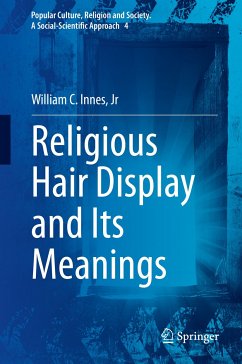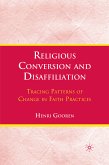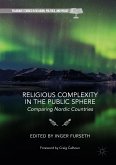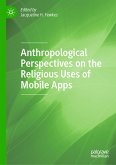The book's approach is to situate each practice within its tradition. That requires a study of its foundational leaders and their teachings, sacred texts (where they mention hair), its rites and rituals, ideas of religious power and subsequent historical development. Contemporary practitioners are interviewed for their motivations. Even more insight can be gleaned by searching beyond an overt religious purpose. Social scientists from anthropology, sociology, psychology, and related fields bring their research to deliver added perceptions.
The author reveals how hair practices are created from ancient psychological and cultural impulses, become modified by time, culture and religious intent, and are adopted by adherents for reasons ranging from personal religious expression to group identity. This book is written for the interested observer of our increasingly diverse society and for the student of comparative religion and sociology. It will change forever how you see hair.
Dieser Download kann aus rechtlichen Gründen nur mit Rechnungsadresse in A, B, BG, CY, CZ, D, DK, EW, E, FIN, F, GR, HR, H, IRL, I, LT, L, LR, M, NL, PL, P, R, S, SLO, SK ausgeliefert werden.









